Remodel and re-stucco
in Arlington, VA
 |
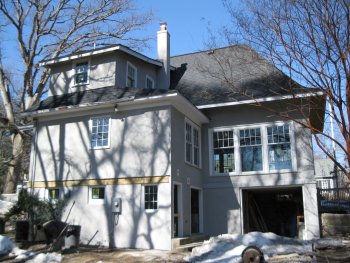 |
| A close up of the window sill shows excellent sill
design. Bottom is angled down so water drips off
and not back to the wall, assuring that this wall will
last and last. |
A view of the back of the finished back of the house. |
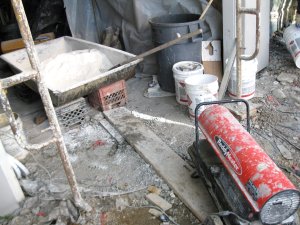 |
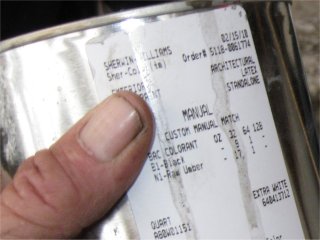 |
| A heated mixing room is made in the garage.
White portland cement and white silica sand is dry
mixed in the box. Sand is graded from medium to
very fine for good resistence to cracking and strength. |
After several attempts, I got the color to what the homeowner
wanted. I had the tint put in cans at Sherwin-Williams. Computer mixing
is accurate to 1/64th of an ounce. Each can will make four gallons
of wet mix. The smaller quanities made less margin for error. The wet mix
was made in a garbage can, large quanities for uniformity. |
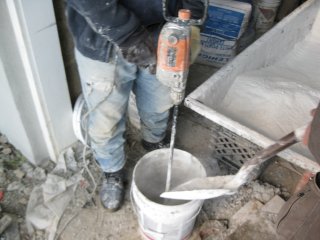 |
Wet mix is poured into buckets and dry mix is shoveled in
and mixed with a drill. |
 |
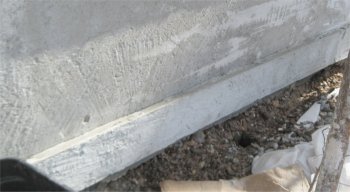 |
| Paint is chipped off cast rough stones. Scratch coat (first coat) is
mixed with Flexcon, a bonding admixture, for insurance that this will never
fall off the wall. |
A view of the decorative bands. The brown coat,
(second coat where the wall is straightened) is
finished first, then the bands are formed and filled.
We don't work with flimsy foam like you see on so many new houses. |
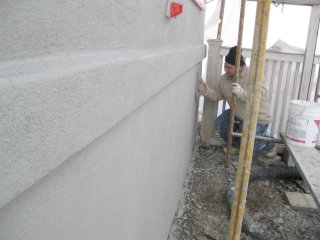 |
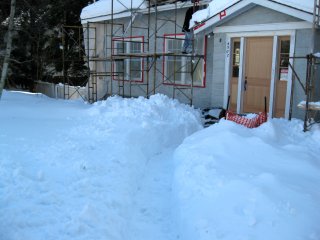 |
| Finished band. Note how the top is angled for good water run off. Maynor
rubs the finish with a rubber float. |
A wanted to show what 3 feet of snow looks like,
for those in warmer climates who have never seen such a thing. |
 |
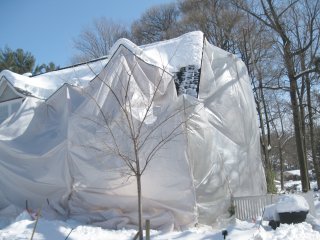 |
| We shoveled a path around the yard to carry materials. |
Heat tent looks like a spook house. |
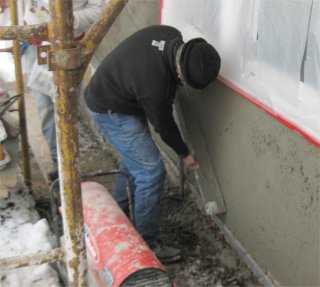 |
Brown coat is rodded off, (straightened with a rod.)
The tent and heaters make this possible. |
 |
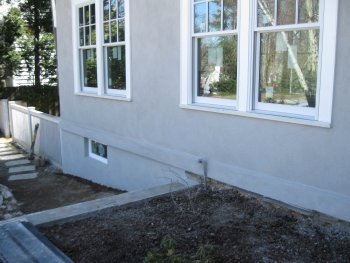 |
Four different surfaces come together here.
Old wood framing, new wood framing, cast rough stone and real stone. |
Finished wall has a seamless appearance, just like
1926 again. |













